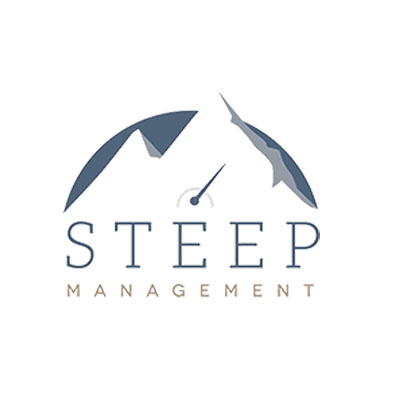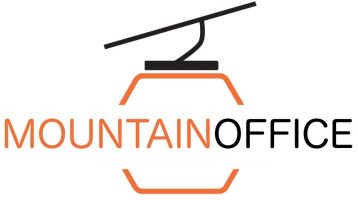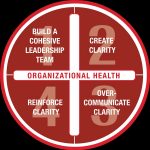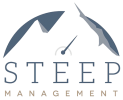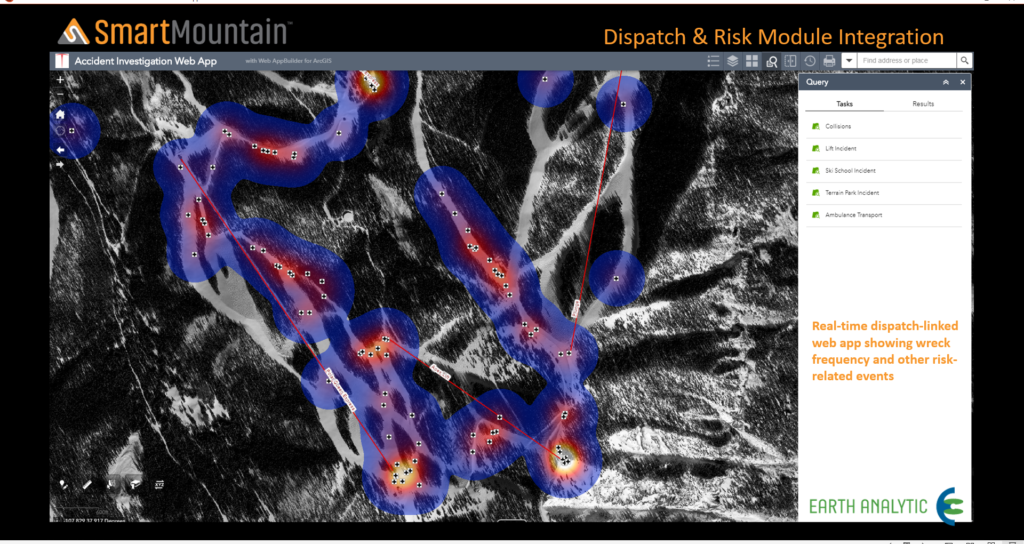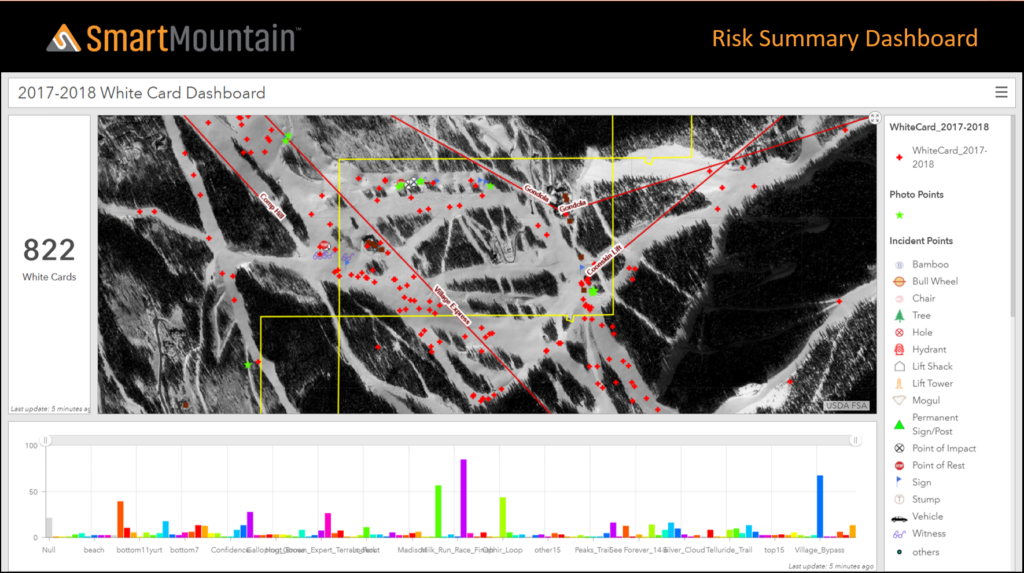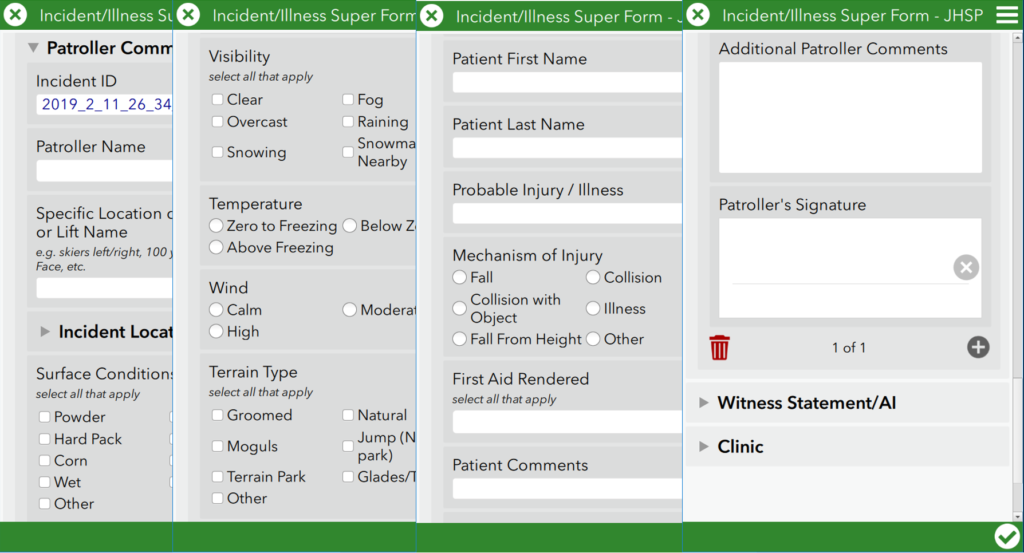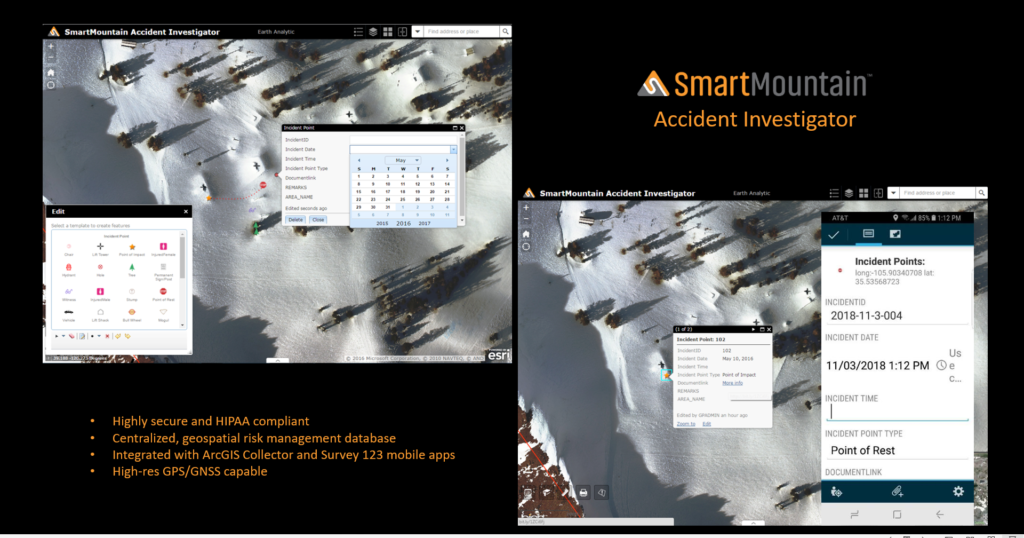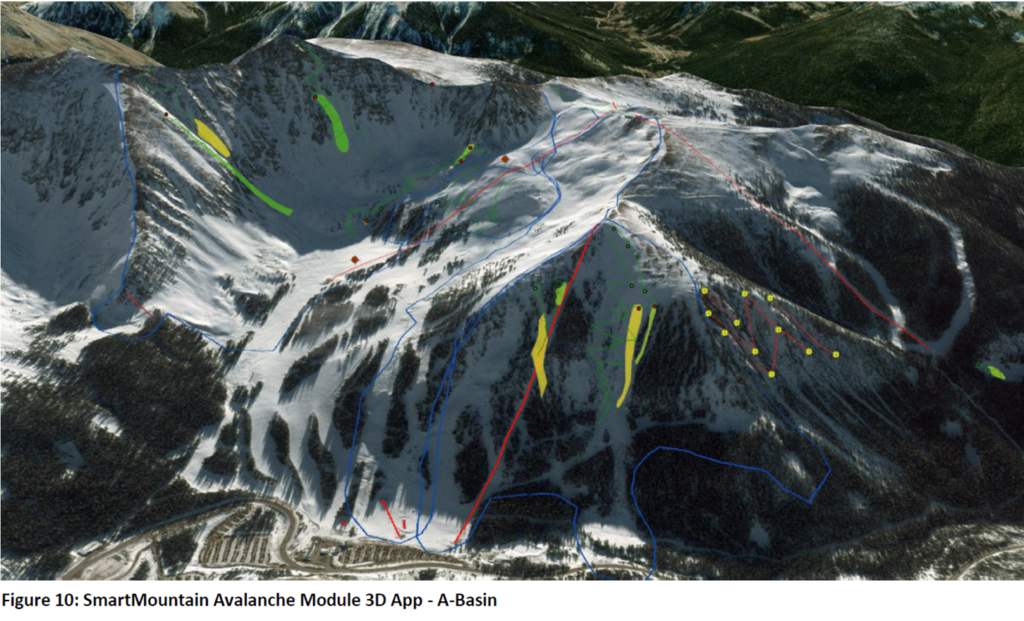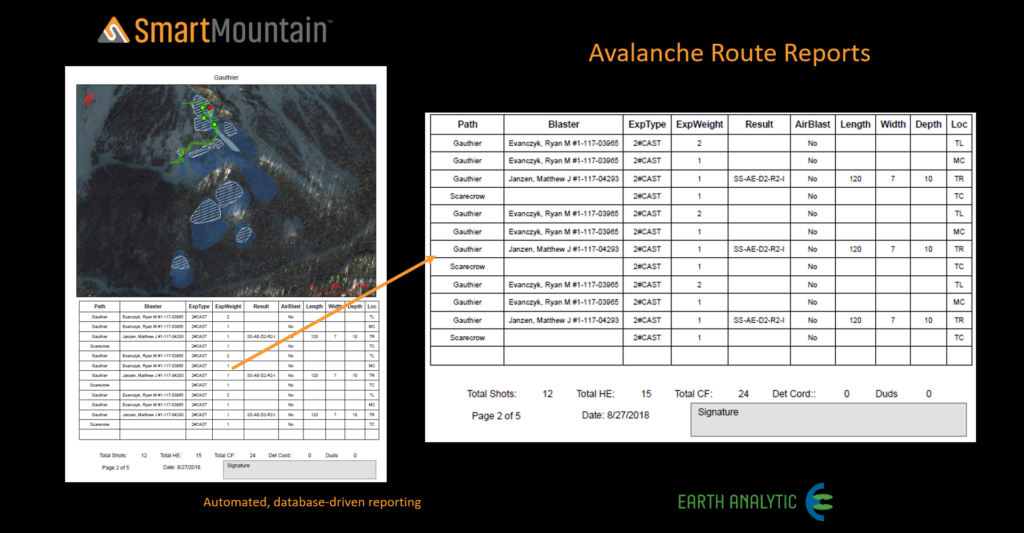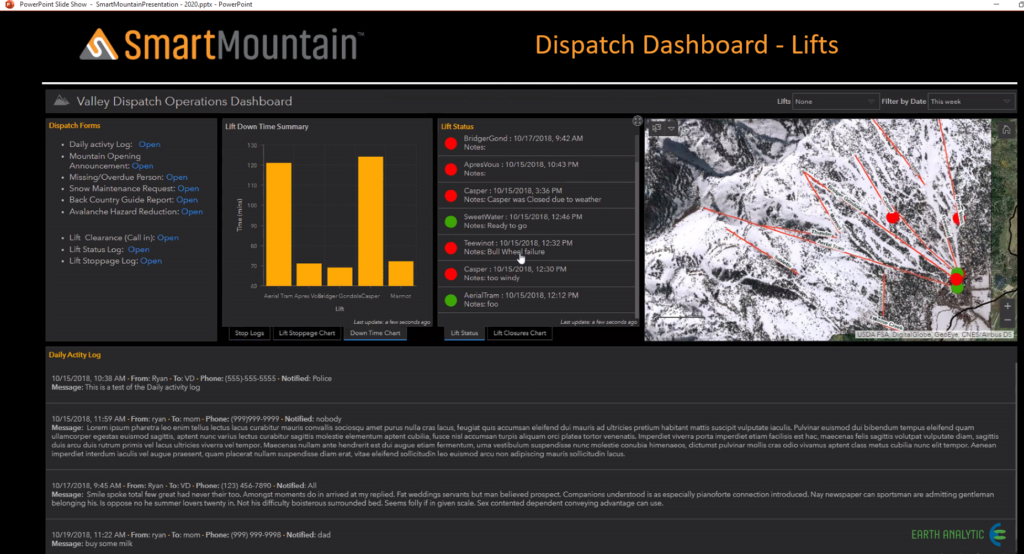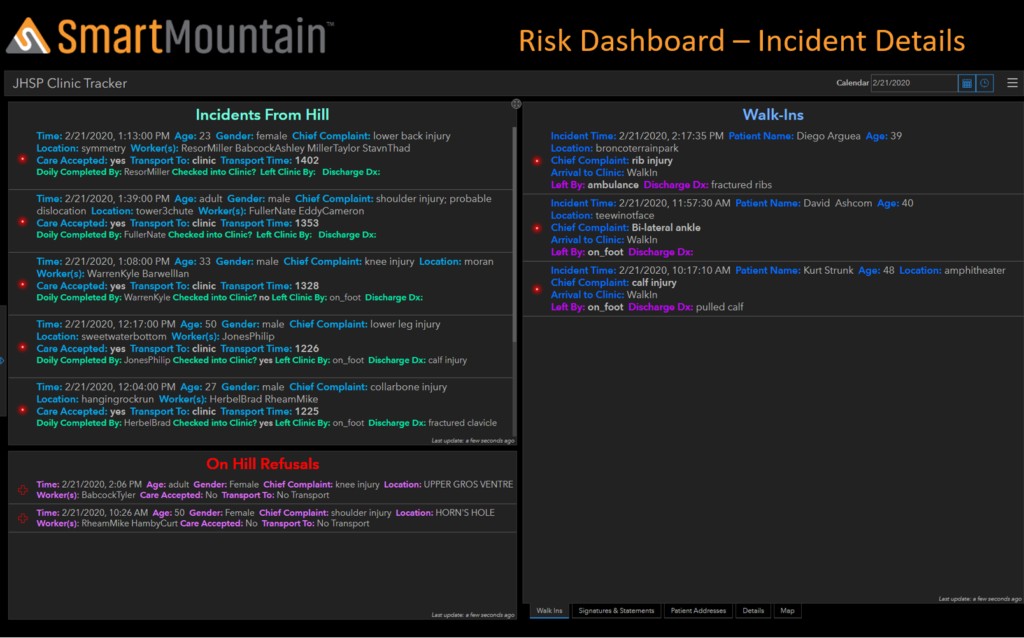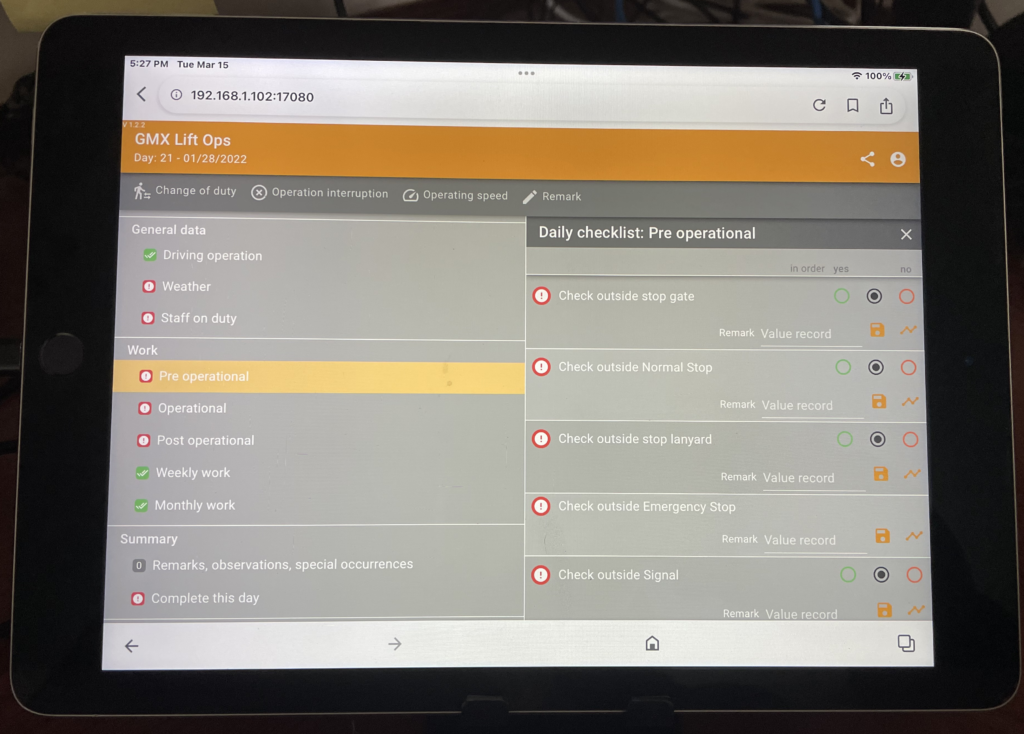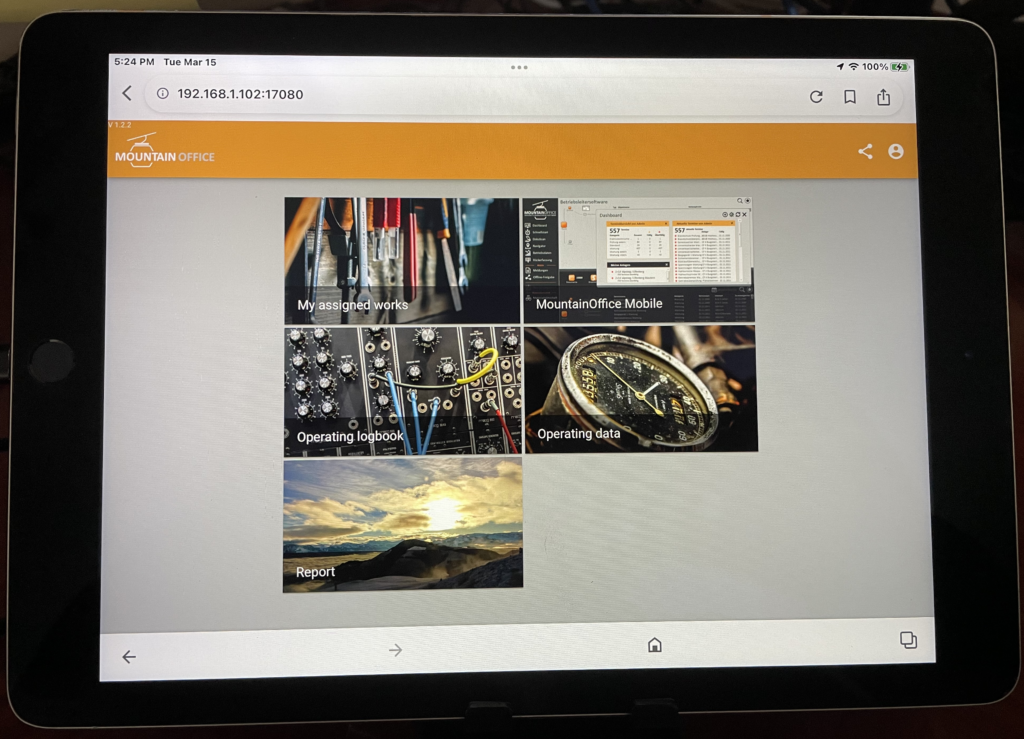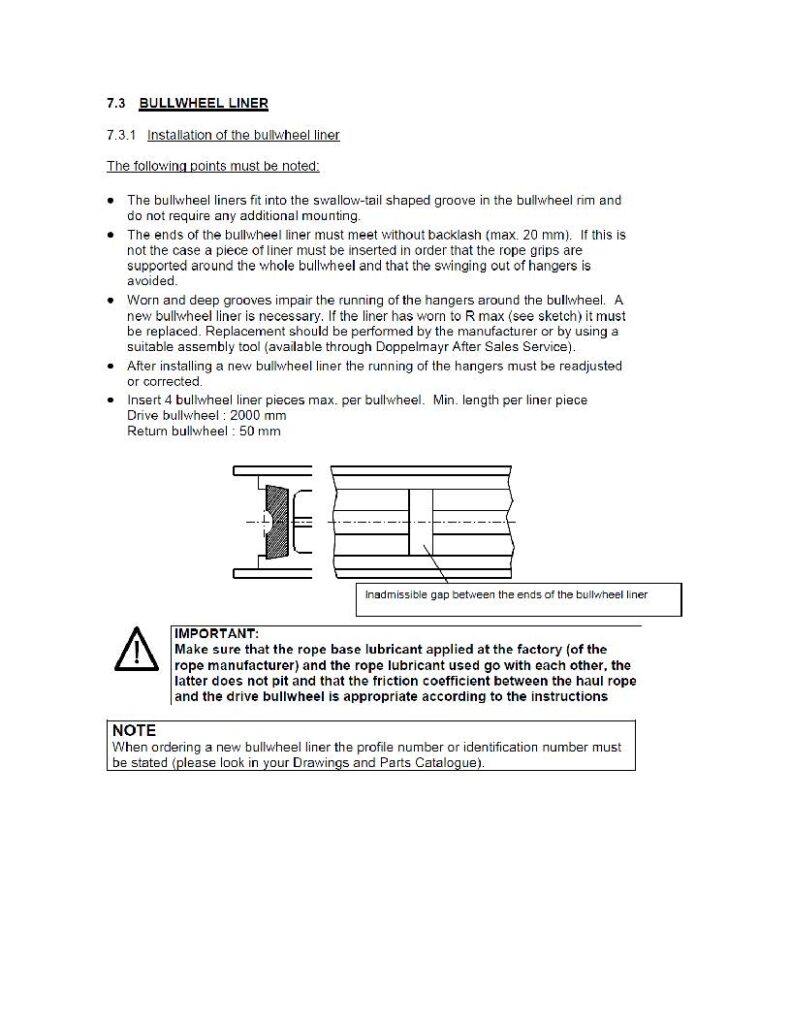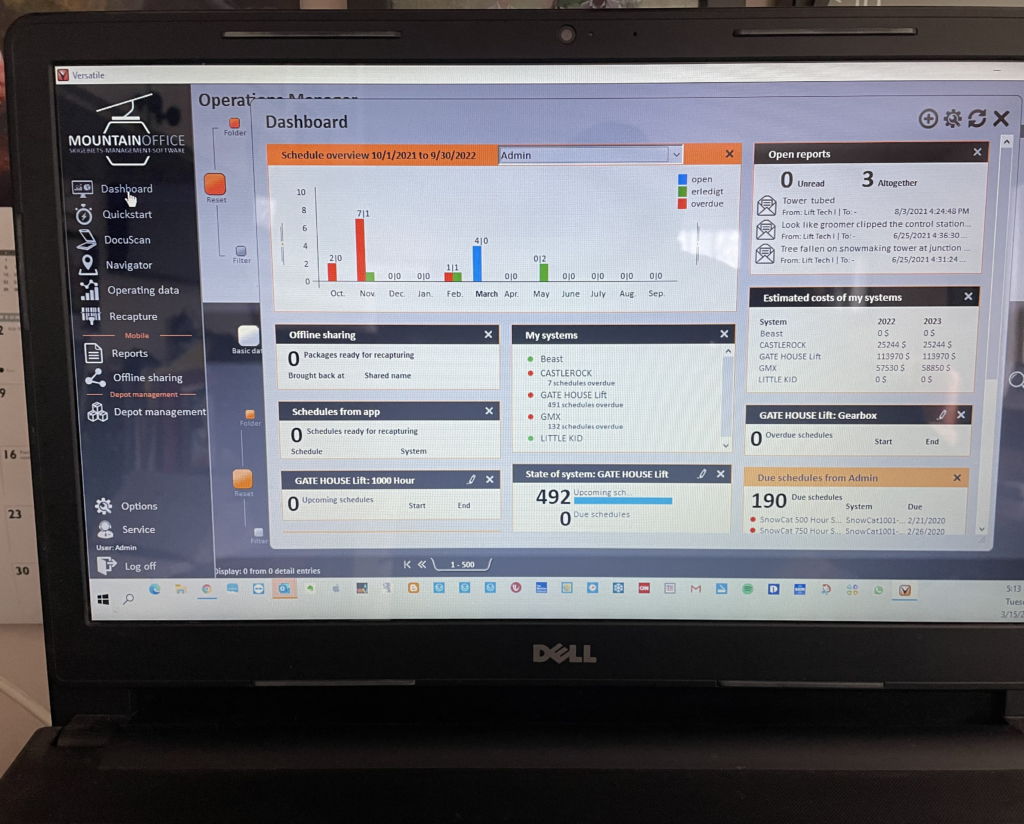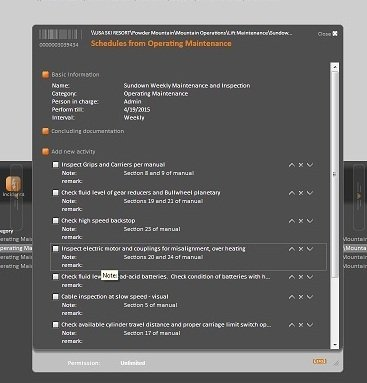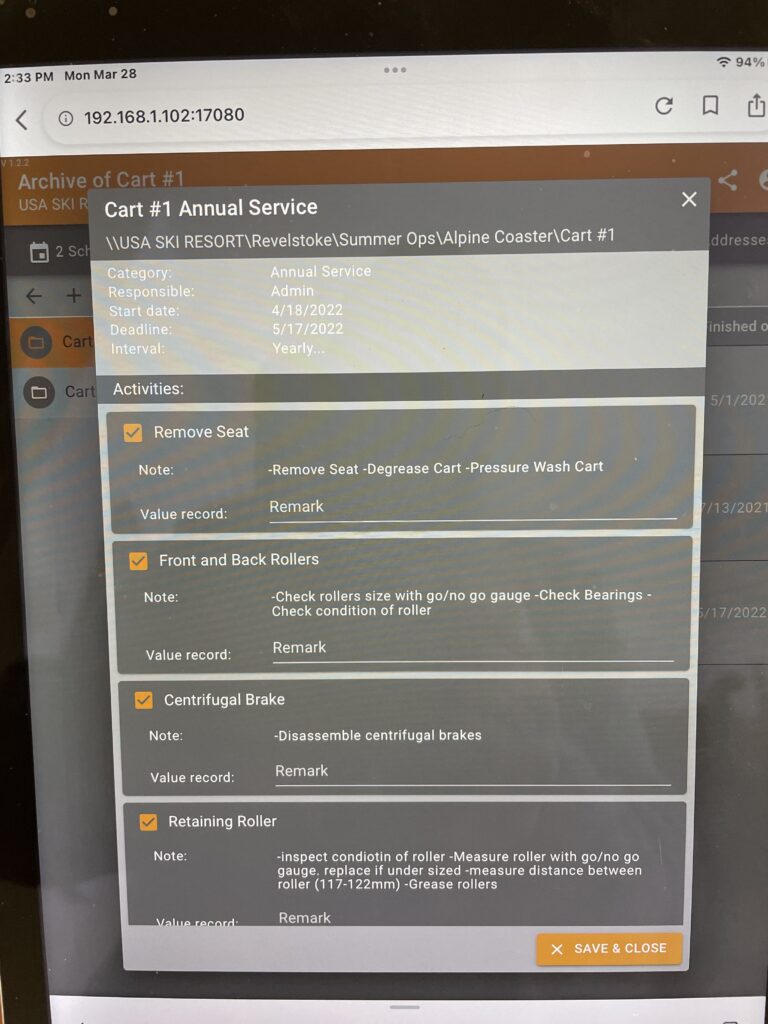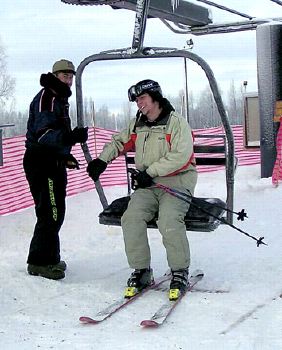
Staying on message for improving the work life of a lifty, a snowmaker, and all other front line staff at ski areas, I am again sharing something from Patrick Lencioni. I know I have shared this type of information in the past but I don’t think it can be repeated too many times.
For sake of presentation, I will focus on the work life of a lifty. I am sure many of you whom I send this newsletter to started your ski industry experience as a lift attendant/operator. Pretty much the driving force to take the job was to ski or ride. However, many have left the ski industry because the skiing or riding did not compensate for the boredom, repetitiveness, tough physical conditions at times, lack of respect by the boss and did I mention poor pay. The poor pay was a known, the other aspects of the position not as well defined at the job fair. Oh, and the lack of available housing near the ski area, taking a large portion of the weekly pay check for gas, was never fully understood either.
Lifts cannot run without lift attendants/operators, lifties. Every customer that skis or rides at the ski area interact with the lifties, a fact. Lifties are important to the operation of a ski area. So why doesn’t the ski area industry, in general, try to make the lifties life at the ski area a bit more enjoyable? Speaking from experience I’d say the reason is a lack of focus, too many distractions and the age old excuse of the budget.
The lack of focus was the not dealing with the simple aspect of making all members of the staff feel important and that the jobs they did were as important as mine. Budget is and was a lame excuse because there really is no cost in making the staff and their jobs they perform important. The simple facts are that management does not keep this top of mind and management generally does not hold front line managers accountable for engaging their staff.
The following video clip says it simply and to the point; Making a Lifty Feel Engaged. I firmly contend you can improve the staff engagement process without spending a nickel by addressing the three factors shared in this video:
Anonymity: In my semi-retirement I get to visit quite a few ski areas, some more often than others and here is my example of addressing anonymity – Zack, the lift operations manager, is on the hill most all day, at the lifts, both stations, checking tickets, talking with the staff and sharing stories with them. Since Zack took over this position the engagement of the lifties with the skiers has improved dramatically. His predecessor was hardly ever seen at the loading or unloading stations and never checking tickets. You get the point. Yes, an effort on Zack’s part but no cash spent and an improvement in performance. Sadly Zack’s predecessor got promoted. Does management embrace making life better for the front line staff?
Irrelevance: Identifying to whom the work of a lifty is important is a fairly simple task, I think. Safe loading and unloading of a lift is important to the rider and to the ski area and thus to you and your boss. I believe the same to be true for any other position in the ski area, the relevance is not hard to define.
Immeasurement: Now this might test you a bit but the exercise will be of value to you as you dissect the lifty’s routine and steps for her/him to do the tasks of a lift operator. The key here is that has to be a metric that enables the lifty to self-evaluate. It could be as simple as how many chairs/cabins did the lifty engage with a greeting or short conversation. The lifty tracks herself and measures that against a goal you and she agree on as a benchmark for good engagement. The challenge for you is that counting conversations or hellos for 100 plus days is might add to the boredom. So, there needs to be a series of measurement points you develop – these can be the small things you want the lifties to do to make their engagement with the guests really drive up the Net Promoter scores for your department. In short, you need to define meaningful engagement and define it – sharing at your ongoing training with your lifties throughout the year.
No dollars spent making lifties feel included have relevance and the ability to measure their performance but a more engaged staff, which feels better about their job and guests who feel the lifties really care about them and enhancing the experience, they want to come back.
I would advocate the pay issue but the overall business model has to be reworked – this is an issue that began in the infancy of the industry and has perpetuated it self forward over time and doesn’t have a simple fix of just bumping wages by 30%.
However, I do contend that if you do apply the three steps of addressing anonymity, irrelevance, and immeasurement, you and your ski area will have better liftie performance.
